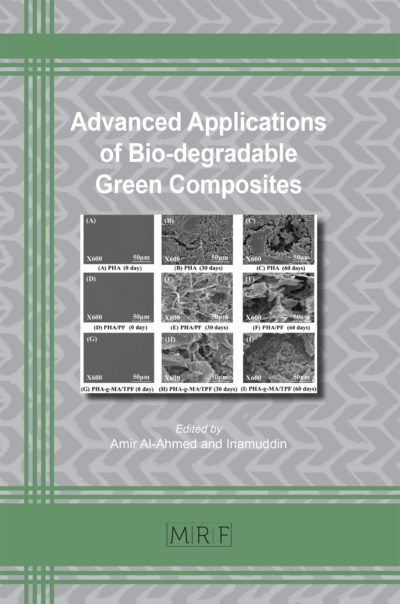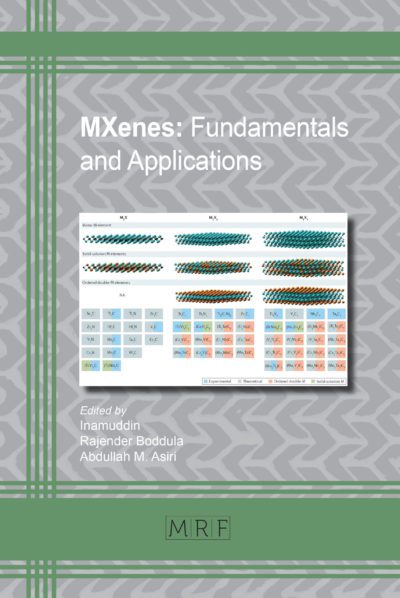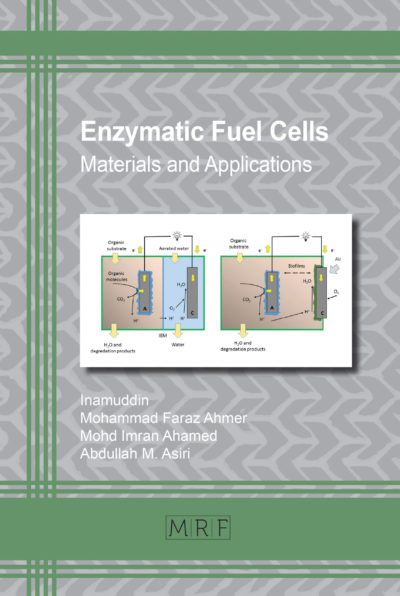Simulation and monitoring of the infusion of thick composites with thermoplastic acrylic resin
SIDDIG Nihad, LE BOT Philippe, FOUCHÉ Olivier, DENIS Yvan
download PDFAbstract. The ZEBRA project aims to advance the circular economy by creating wind turbine blades that can be completely recycled. Currently, Wind turbine blades are fabricated through Vacuum-Assisted Resin Infusion (VARI) using thermoset resins. In this endeavor, the recyclable thermoplastic resin Elium® from Arkema is utilized as a sustainable alternative to traditional thermoset resins. The production of thick and sizable components using reactive resins presents various intertwined physical aspects and difficulties, notably concerning potential overheating during the Elium® radical polymerization process. The optimization of this process necessitates the use of simulation to save the expensive time and effort caused by the experiments. However, to be reliable, these numerical methods must be validated to allow accurate predictions for potential defects with thick and complex parts. The challenge lies in flow front detection in the through-thickness direction. In this work, infusion tests were conducted for thick parts in a testing bench instrumented with a robust monitoring system. QRS sensors are placed through the part thickness to detect the front arrival instantaneously. The simulations are compared and validated to the signals of the QRS sensors for validation. Then the model was used to predict the flow behavior for more complex parts. A 3D flow is observed by the differences in permeability between the flow medium and the fabric, which induces a high difference in resin arrival times to the sensors depending on the position of sensors through the part thickness. The flow simulations showed a good approximation of the experimental results. However, deviations are observed in the flow front position, caused by the disturbance induced by the presence of the sensors.
Keywords
Composites, Thermoplastic, Monitoring, Simulation, Polymerization
Published online 4/24/2024, 10 pages
Copyright © 2024 by the author(s)
Published under license by Materials Research Forum LLC., Millersville PA, USA
Citation: SIDDIG Nihad, LE BOT Philippe, FOUCHÉ Olivier, DENIS Yvan, Simulation and monitoring of the infusion of thick composites with thermoplastic acrylic resin, Materials Research Proceedings, Vol. 41, pp 576-585, 2024
DOI: https://doi.org/10.21741/9781644903131-64
The article was published as article 64 of the book Material Forming
![]() Content from this work may be used under the terms of the Creative Commons Attribution 3.0 license. Any further distribution of this work must maintain attribution to the author(s) and the title of the work, journal citation and DOI.
Content from this work may be used under the terms of the Creative Commons Attribution 3.0 license. Any further distribution of this work must maintain attribution to the author(s) and the title of the work, journal citation and DOI.
References
[1] J. Beauson, A. Laurent, D. P. Rudolph, and J. Pagh Jensen, “The complex end-of-life of wind turbine blades: A review of the European context,” Renewable and Sustainable Energy Reviews, vol. 155. Elsevier Ltd, Mar. 01, 2022. https://doi.org/10.1016/j.rser.2021.111847
[2] S. van Oosterom, T. Allen, M. Battley, and S. Bickerton, “An objective comparison of common vacuum assisted resin infusion processes,” Compos Part A Appl Sci Manuf, vol. 125, 2019. https://doi.org/10.1016/j.compositesa.2019.105528
[3] N. Siddig et al., “Infusion and Polymerization of Thick Glass/Elium® Acrylic Thermoplastic Resin Composites,” in ICCM23, Belfast, Ireland, 2023. Accessed: Jan. 11, 2024. [Online]. Available: https://www.researchgate.net/publication/373049008_Infusion_and_Polymerization_of_Thick_GlassEliumR_Acrylic_Thermoplastic_Resin_Composites
[4] B. Liu, S. Bickerton, and S. G. Advani, “Modelling and simulation of resin transfer moulding (RTM)-gate control, venting and dry spot prediction,” Compos Part A Appl Sci Manuf, vol. 27, no. 2, pp. 135–141, 1996.
[5] “Carlone, P., Rubino, F., Paradiso, V., & Tucci, F. (2018). Multi-scale modeling and online monitoring of resin flow through dual-scale textiles in liquid composite molding processes. The International Journal of Advanced Manufacturing Technology, 96, 2215-2230.”.
[6] P. Le Bot et al., “Anomaly detection during thermoplastic composite infusion: Monitoring strategy through thermal sensors,” in Key Engineering Materials, Achievements and Trends in Material Forming, vol. 926, 2022, pp. 1423–1436. https://doi.org/10.4028/p-n27w97
[7] Y. Denis, N. Siddig, R. Guitton, P. Le Bot, A. De Fongalland, and D. Lecointe, “Thermo-chemical modeling and simulation of glass/Elium® acrylic thermoplastic resin composites,” in ESAFORM, 19-21 April 2023, Kraków, Poland. https://doi.org/10.21741/9781644902479-34
[8] “Aleksendrić, D., Bellini, C., Carlone, P., Ćirović, V., Rubino, F., & Sorrentino, L. (2019). Neural-fuzzy optimization of thick composites curing process. Materials and Manufacturing Processes, 34(3), 262-273.”.
[9] N. Siddig et al., “Modeling and simulation of the fabrication of glass/elium® acrylic thermoplastic resin composites by the infusion process,” SAMPE Europe, Hamburg, Germany, 2022.
[10] S. F. Gayot, C. Bailly, T. Pardoen, P. Gérard, and F. Van Loock, “Processing maps based on polymerization modelling of thick methacrylic laminates,” Mater Des, vol. 196, p. 109170, 2020. https://doi.org/10.1016/j.matdes.2020.109170
[11] A. Lemartinel, M. Castro, O. Fouché, J. C. De Luca, and J. F. Feller, “Strain mapping and damage tracking in carbon fiber reinforced epoxy composites during dynamic bending until fracture with quantum resistive sensors in array,” Journal of Composites Science, vol. 5, no. 2, 2021. https://doi.org/10.3390/jcs5020060
[12] C. H. Park, “Numerical simulation of flow processes in composites manufacturing,” in Advances in Composites Manufacturing and Process Design, Woodhead Publishing, 2015, pp. 317–378. https://doi.org/10.1016/B978-1-78242-307-2.00015-4
[13] M. Deléglise, C. Binétruy, and P. Krawczak, “Solution to filling time prediction issues for constant pressure driven injection in RTM,” Compos Part A Appl Sci Manuf, vol. 36, no. 3, pp. 339–344, 2005. https://doi.org/10.1016/j.compositesa.2004.07.001
[14] L. Shi, “Heat Transfer in the Thick Thermoset Composites, PhD Thesis, Delft University of Technology,” Delft University of Technology, 2016.
[15] “Boisse, P., Akkerman, R., Carlone, P., Kärger, L., Lomov, S. V., & Sherwood, J. A. (2022). Advances in composite forming through 25 years of ESAFORM. International Journal of Material Forming, 15(3), 39.”.














